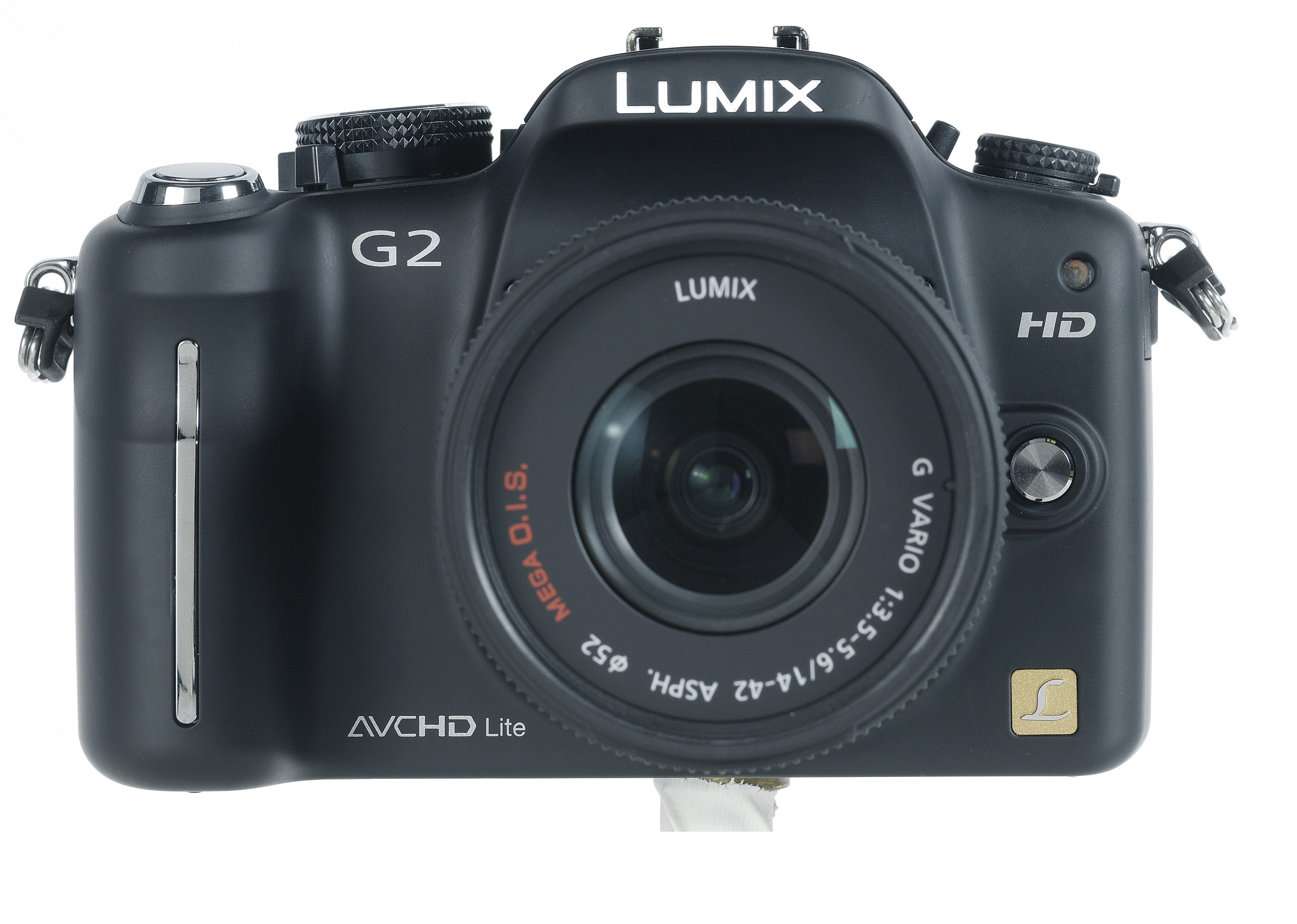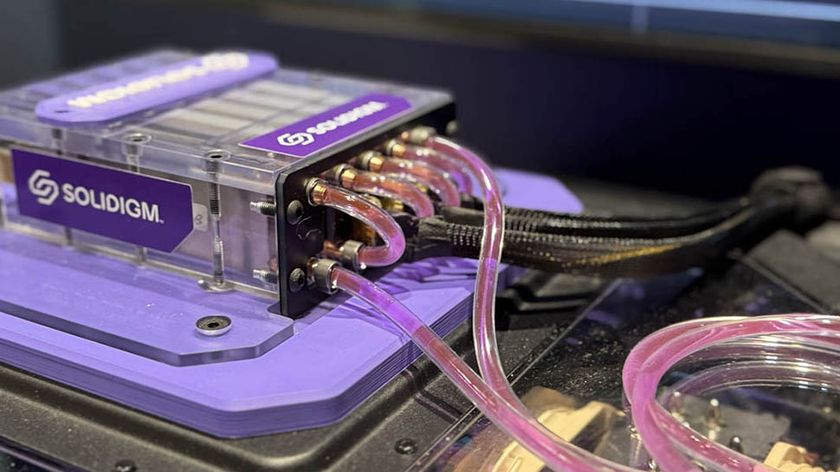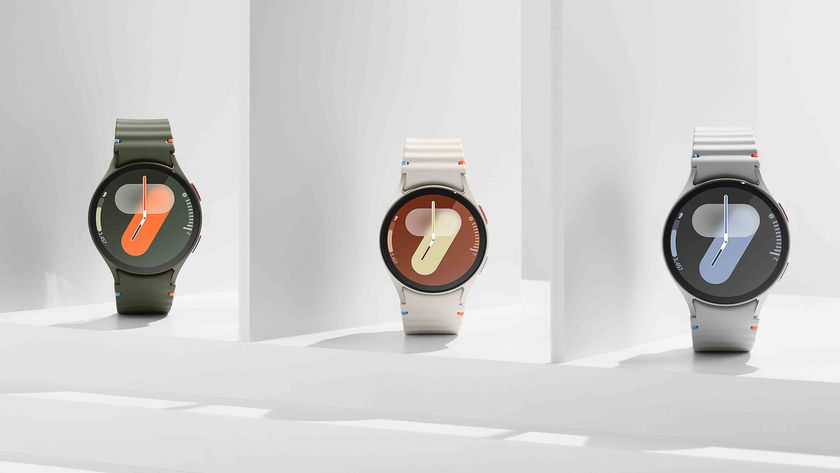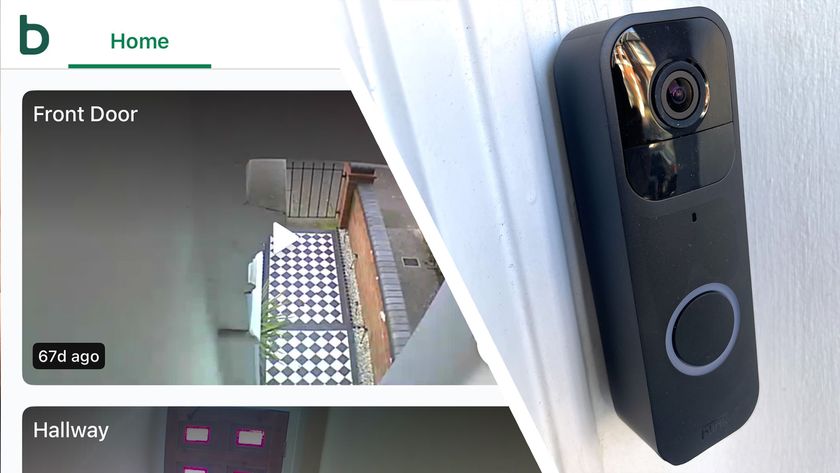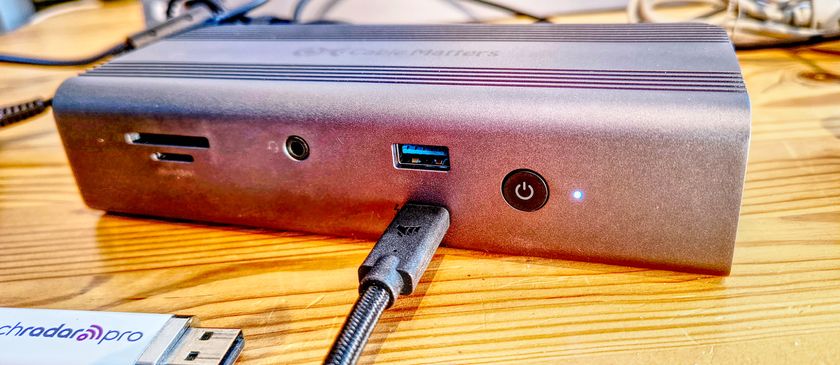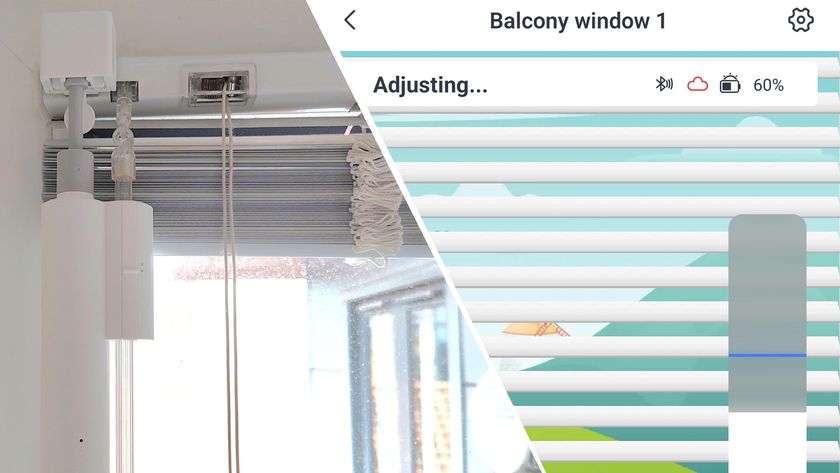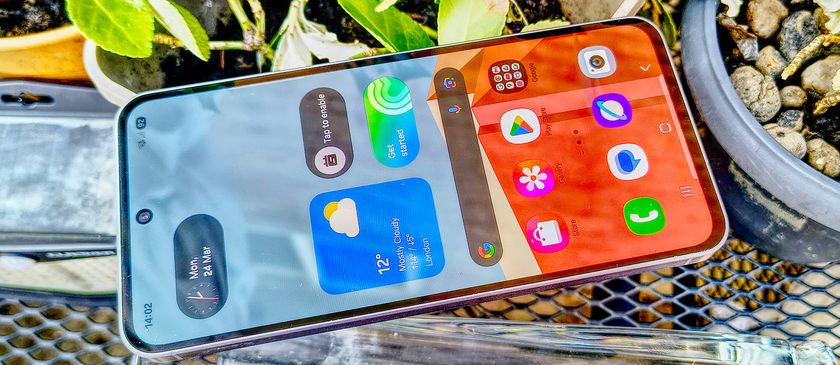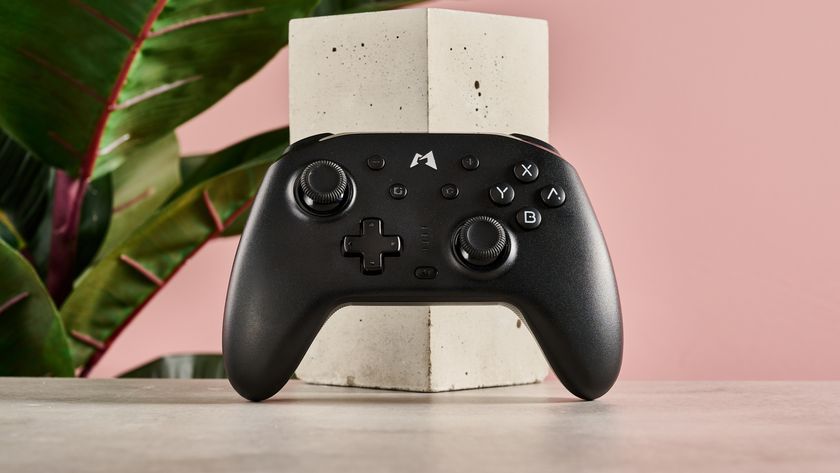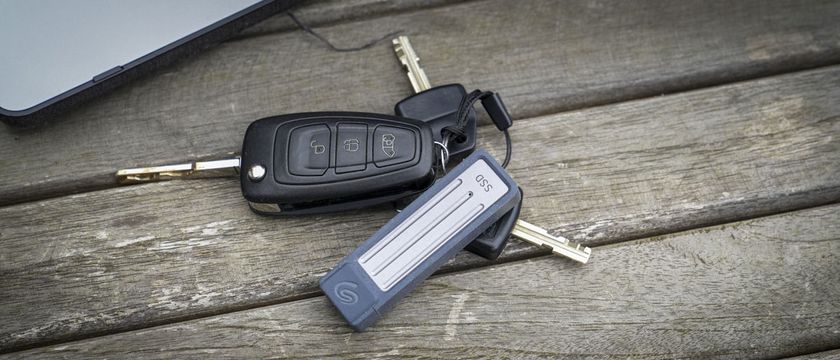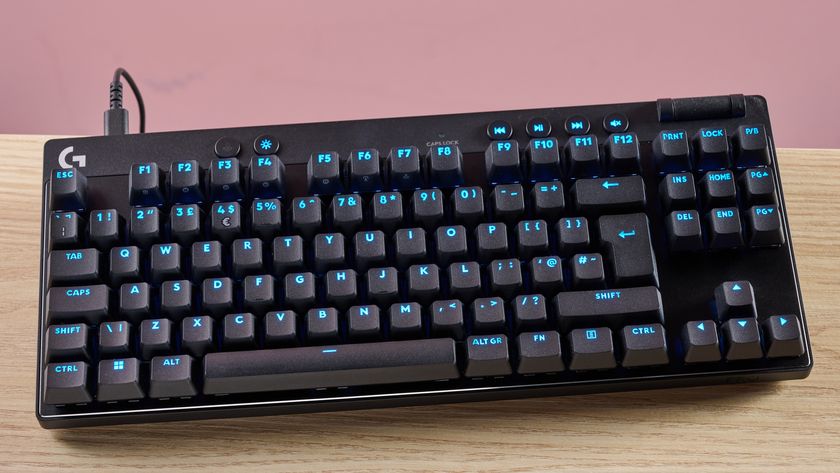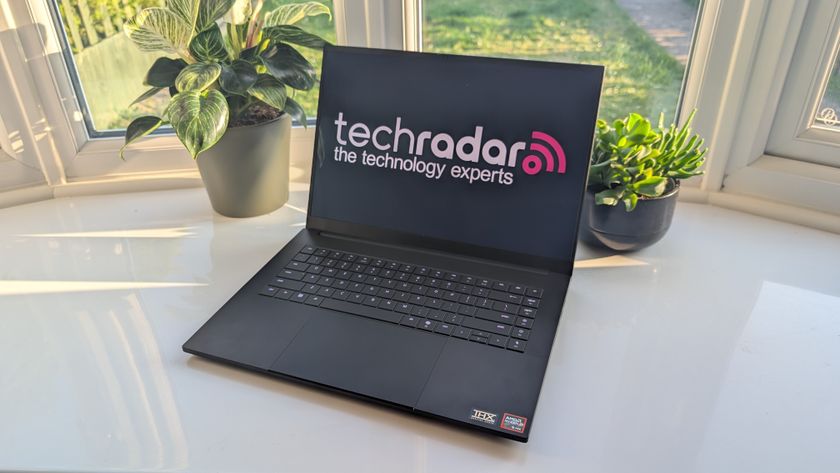Why you can trust TechRadar
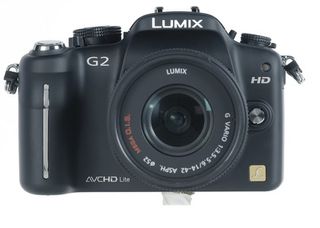
Panasonic has opted to keep the same 12.1 megapixel count as the G1, GF1 and other models in its range.
While the similarly priced Canon 550D SLR weighs in with a 14MP sensor, the disparity doesn't make much difference in practice.
The layout is conventional enough, with a top PASM dial and an extra 'iA' button, standing for Intelligent Auto.
We're not sure why Panasonic gave a dedicated button to this hand-holding auto mode, as some beginners might not even realise it's there if they haven't read the manual – but still, it's a useful setting for complete novices. iA works cleverly with the touchscreen AF – so if you're taking a portrait and touch somebody's face to set the focus point, the iA automatically switches to Portrait mode.
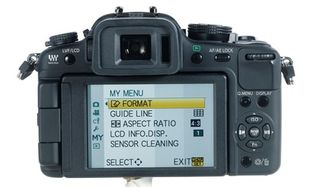
As with the Canon 550D, there are a lot of icons squeezed onto the top dial, including the scene modes (exposure pre-sets for a range of shooting conditions) and the My Color range of picture styles.
The My Color icon on the top PASM dials enables you to choose a range of options, from Pure to Retro to Dynamic Art, via Elegant. They're fun to play with, and can help boost the colours in JPEGs, but don't get carried away and use them as a replacement for proper camera technique.
Another big selling point of the Lumix DMC-G2 is the articulated three-inch screen which can be rotated through 270 degrees. It's well engineered, but could be easier to read – try and use the touchscreen to set the AF point in very bright sunshine and you have to duck into the shadows.
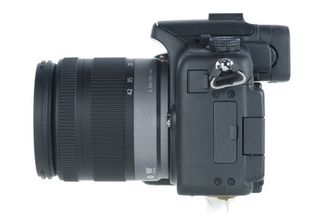
The menus themselves look a bit cheap compared to Canon's, but they're easy enough to use.
As well as being simple to use, the Lumix DMC-G2 is fairly fast. although the limited choice of lenses means this camera is unlikely to appeal to sports photographers, it can fire off 3.2 frames per second in continuous shooting mode.
The electronic viewfinder is of a very high quality and enables you to check exposure and colour settings as you frame the shot. It also makes manual focusing a lot easier than on comparatively priced DSLRs. Being able to call up a grid is a big help with composition and keeping horizons straight.
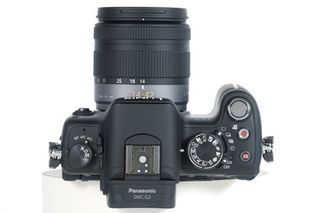
The electronic viewfinder gives plenty of information about settings too, so it's really one of this camera's strong points.
The Lumix DMC-G2 enables you to shoot in JPEG or RAW, and although the supplied RAW-editing software won't give Adobe any sleepless nights it does the job (and works on Macs, too). In common with other hybrid cameras, the Lumix DMC-G2 offers a wide-range of in-camera image tweaks.
There's a good choice of cropping options too; as well as the conventional 4:3 ratio, you can go for the 3.2 aspect ratio used by most DSLRs or even choose 1:1 or 16:9 (widescreen crops).
Current page: Panasonic Lumix G2: Features
Prev Page Panasonic Lumix G2: Overview Next Page Panasonic Lumix G2: Image and video quality